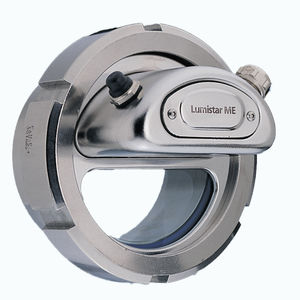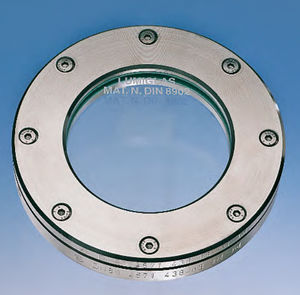

- Products
- Catalogs
- News & Trends
- Exhibitions
Glass
Add to favorites
Compare this product
Description
Quartz glass is a one-component glass (SiO2). It is one of the most valuable materials for both science and industry. There is a distinction between synthetic and natural quartz glass. Synthetic quartz glass is made from pure silicon tetrachloride (SiCl4) following the Flammpyrolyse-method. The raw material of quartz glass is a natural crystal mined from the earth as rock crystal or pegmatite quartz. The raw material is pulverized to a fine-particle granulate and melted to quartz glass in an oxy-hydrogen flame.
Features:
Good transmission behavior in ultra-violet, visible and infrared wavelengths
High temperature endurance
A low coefficient of thermal expansion
Good thermal shock resistance
Excellent electrical insulation
High chemical purity
A maximum operating temperature of 1100°C (permanently), or 1300°C (short-time)
Uses:
High-temperature processes (high temperature resistance)
Semiconductor- and light-industry (purity)
Optics (good light transmission in visible, UV and IF wavelengths)
Laser technology
Electronics and electro-technology (low conductivity, high penetration field strength, low dielectric loss factor)
Chemistry and pharmaceutics (chemical resistance, not hygroscopic, chemical purity, thermal shock resistance)
*Prices are pre-tax. They exclude delivery charges and customs duties and do not include additional charges for installation or activation options. Prices are indicative only and may vary by country, with changes to the cost of raw materials and exchange rates.










